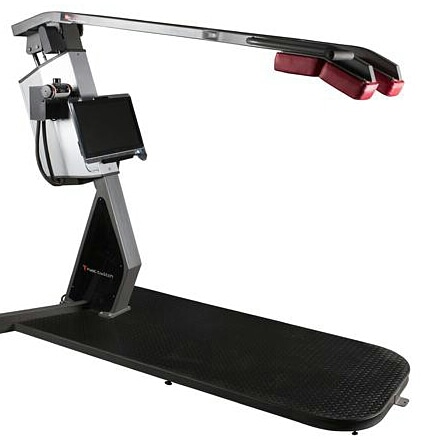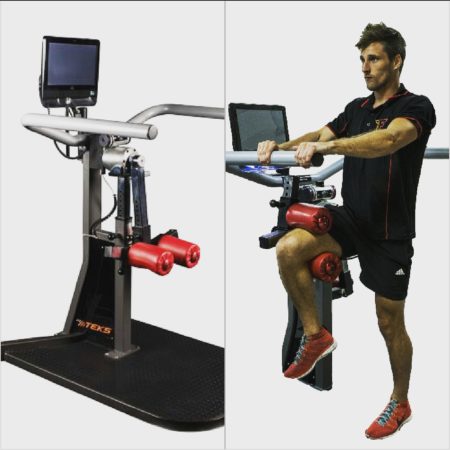Multi-Function Rehabilitation and Isokinetics
Providing safe and proven rehabilitation using the science of IsokineticsTo achieve a correct and accurate isokinetic movement, an isokinetic machine is required.
How about giving your gym or training centre a point of difference with an a Fast Twitch isokinetic rehabilitation machine ?
Plus, the other advantage of these machines as being adaptive for Speed and Power enhancement but in this article we’re discussing their use as machines that provide a very safe and effective way to re – strengthen and re -condition clients with physical injuries.
Read on to learn what they can do for you as an added benefit to your service to the public.
The benefits of Hydraulic resistance training for safe injury Rehabilitation have been known and utilised for some time.
To explain, movement simply does aid in the healing process of connective tissue but only if that movement generates sufficiently controlled stress which promotes correct alignment of collagen fibre and not the continual breakdown of fibres.
If too much stress is placed on the healing body too early, further damage can occur thus increasing overall healing time.
In almost every situation, everyday , we perform isotonic movements .
In these type of movements we pick up a fixed weight. The weight may be fixed but we decide how fast to lift it. We can lift it slow, fast or anywhere in between but the key to this type of movement is we decide how fast it goes but the weight or resistance remains constant.
In an isokinetic movement the situation is reversed .
To achieve a correct and accurate isokinetic movement, an isokinetic machine is required.
The accommodative nature of hydraulic resistance allows the body’s pain/ reflex feedback mechanism to control the amount of stress placed on injured and healing body structures . As pain or reflex inhibition occurs, the muscles generating the movement automatically decrease their contractions thus decrease the resistance placed back on them and the injured connective tissue. Therefore it is possible to safely begin limited restricted movement at the very early stages of rehabilitation.
(Advanced stages of rehabilitation may require eccentric resistance which is also available.)


